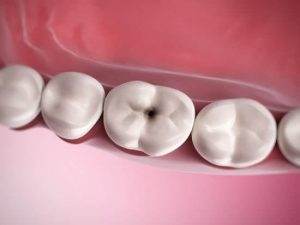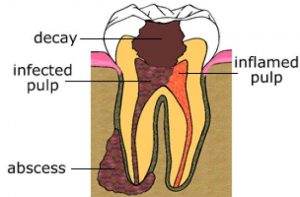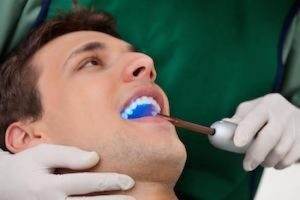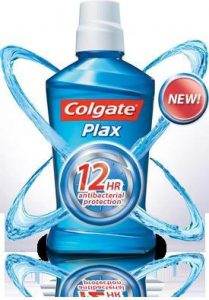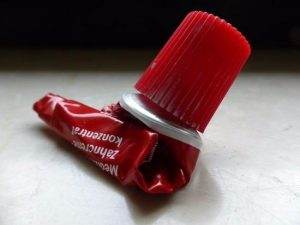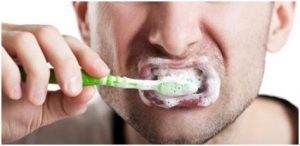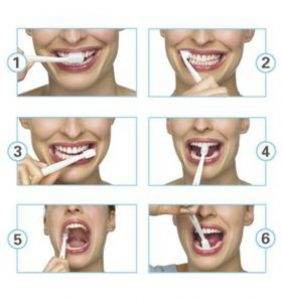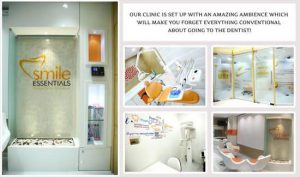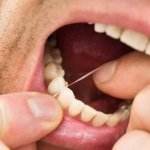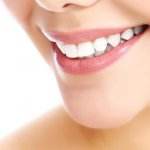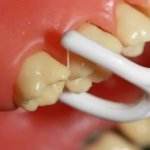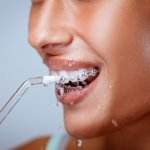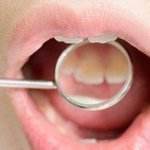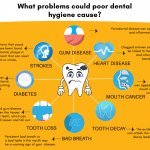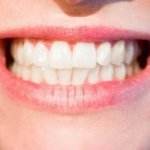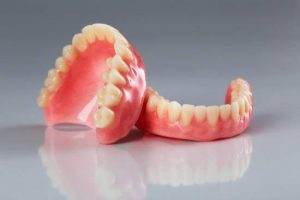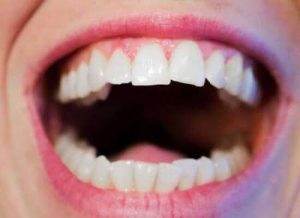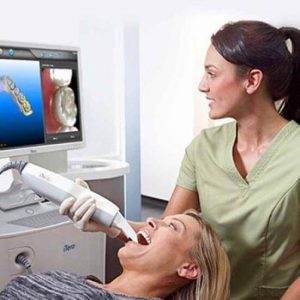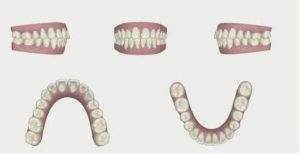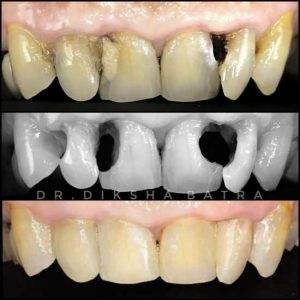THE WORKING WOMAN’S GUIDE TO THE PERFECT SMILE!
Here are habits to implement TODAY to maintain that perfect smile for you and your family TOMORROW. As women at work or at home, we are responsible for the health of those around us. If you are a compassionate and caring mother, daughter, sister or wife looking after the dental health of your family becomes imperative to their well being. Here are some useful habits that can go a long way in keeping you and your family smiling for years.
1. GO SOFT & AUTOMATIC
Rev up your brushing-use an automated tooth brush. This maybe true for not only you as a woman but for your family. Make sure you switch them to an automatic or motorized brush with soft or extra soft bristles. This works best since it takes the guesswork out of brushing and improves your and your children’s technique even if they’re sleepy in the morning.
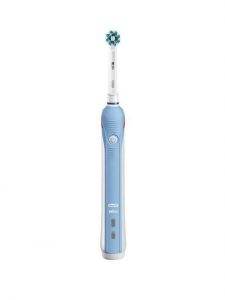
2. DENTAL EMERGENCY KIT
Keeping a dental emergency kit loaded with some essentials like a basic dental painkiller (as prescribed), clove oil, some dental floss and a toothpick (not a habit recommended by us but when things get lodged and cause pain it maybe the last resort).
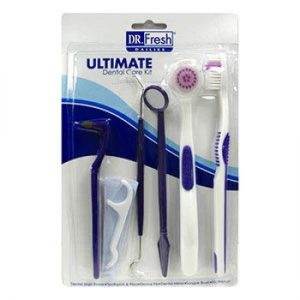
3. VITAMIN CHECK
Best way of ensuring good tooth and bone health is to ensure good levels of vitamins vitamin D3, calcium especially if you’re beating menopause and even iron, b complex to prevent anaemias which can be detected orally. Deficiencies of vitamins and essential minerals can make your family more susceptible to oral health problems.

4. GIFT A SMILE
Gift your dependents a great smile – Be it preventive treatments for your young ones like our decay protection program which ensures they never have to feel dental pain like we have,or the braces intervention campaignwhich helps guide teeth to proper positions at an early age. More questions about your young ones’ dental health – For the elderly who missed out on a lot of preventive dental work can now enjoy the benefits of latest technology giving them fixed teeth instead of removable dentures.
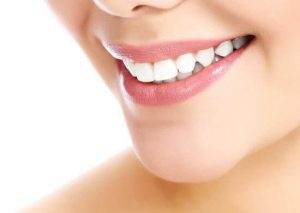
5. START A TREND-FAMILY ORAL HEALTH CHECKUP
Mark a day in your calendar a public holiday or the beginning of the year a time that you can easily remember and as a family get an annual checkup to not only ensure that you do not suffer from any dental problems but also early detection of any upcoming medical issues can be done.
If you’re feeling somewhat self-conscious about your teeth or just want a more beautiful smile, call us at 7045497915 or email us at info@thepainfreedentist.co.in

